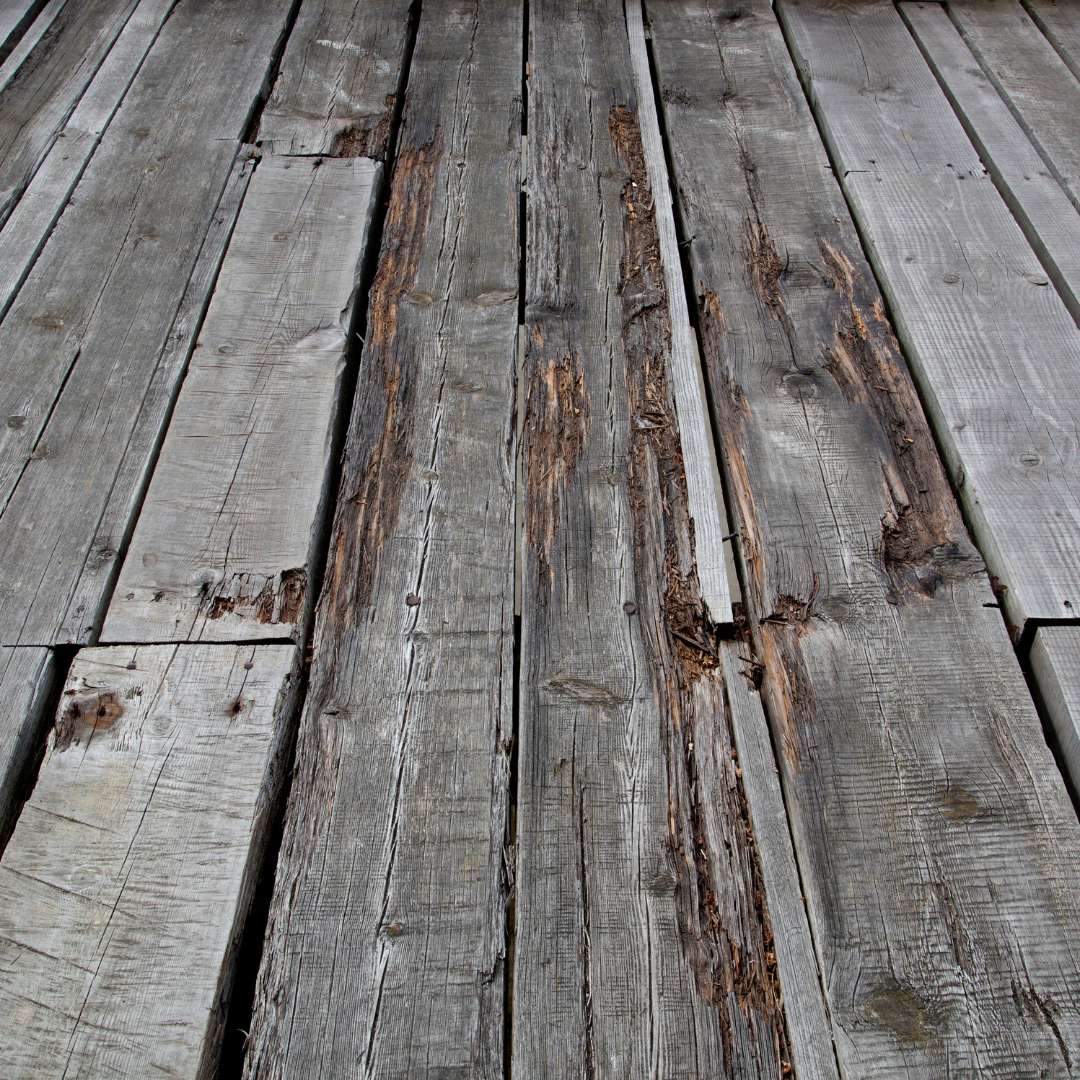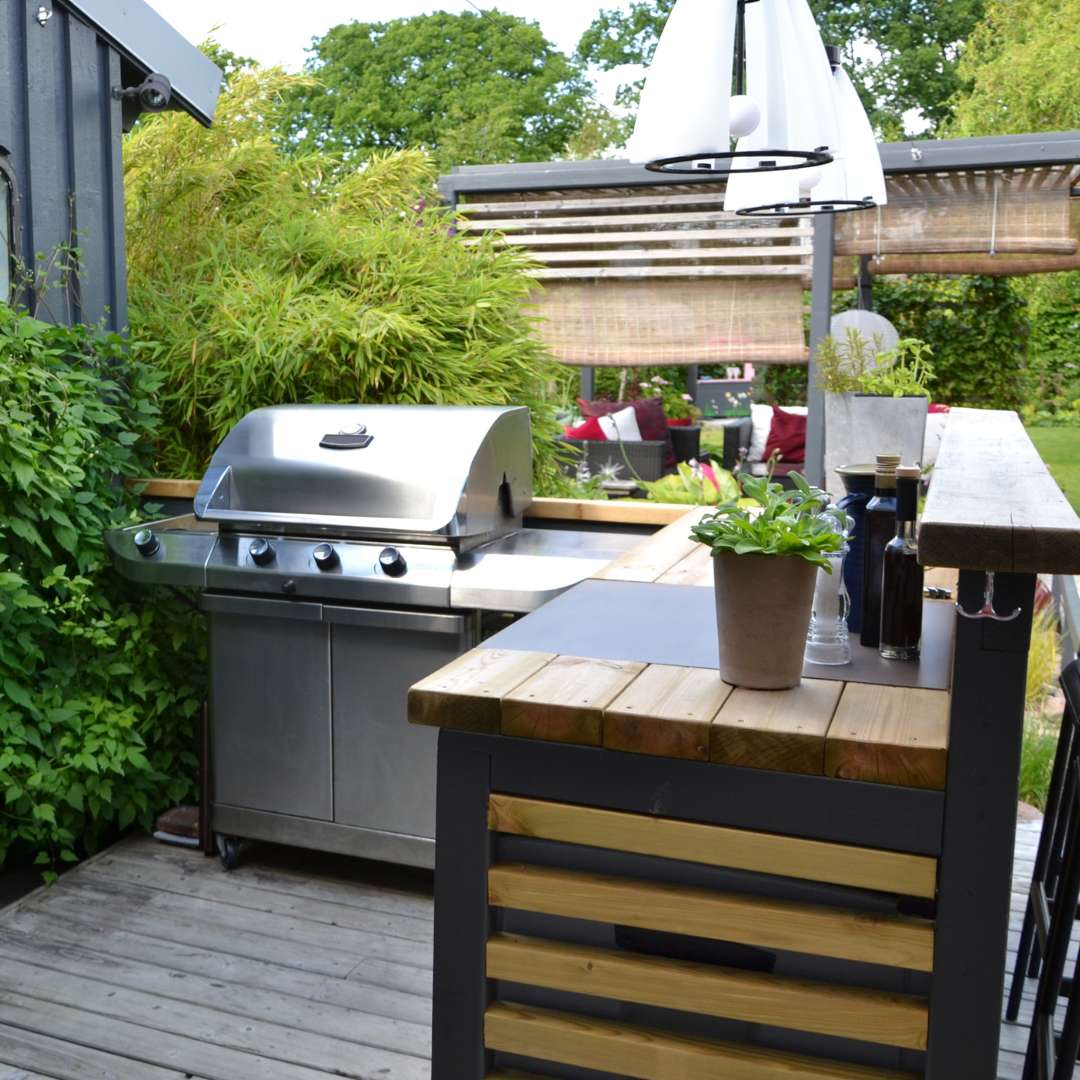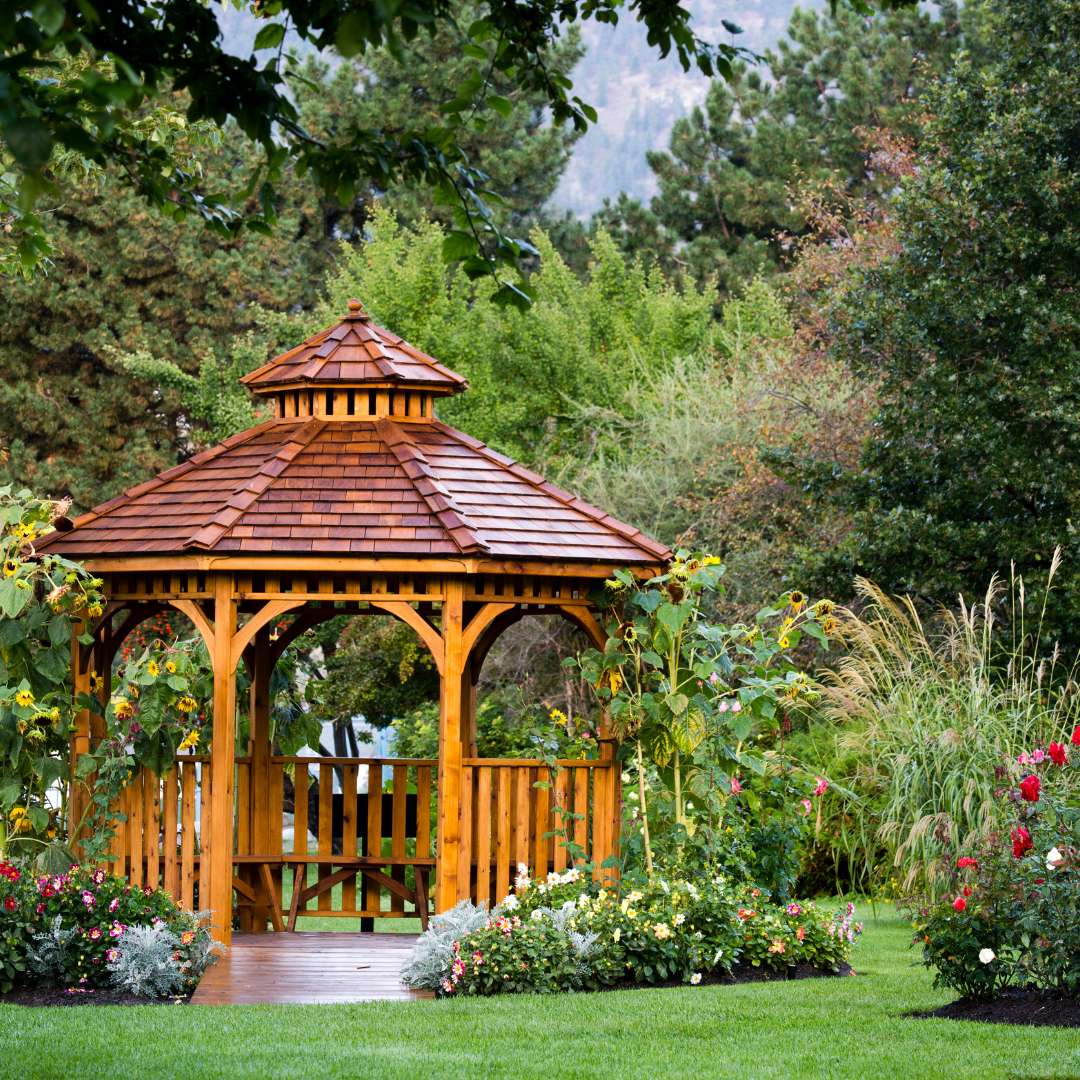Designing your dream garden can be an exciting yet challenging task. There are numerous decisions to make, including the type of plants, color scheme, and garden features. One significant decision that you’ll need to make is choosing between an arbor and a pergola. Both garden features are beautiful and functional, but there are some differences that you should consider.
What is the Difference Between and Arbor and a Pergola?
An arbor is a garden structure that typically consists of a trellis-like archway that supports climbing plants, such as roses or ivy. Arbors can be made from various materials, including wood, metal, and vinyl. They are typically smaller than pergolas and are often used to create an entrance to a garden or a pathway. Arbors also make excellent focal points in a garden, drawing the eye towards a specific area. On the other hand, a pergola is a larger garden structure that consists of vertical posts that support a roof of crossbeams and rafters. Pergolas can be freestanding or attached to a building, such as a house or garage. Like arbors, pergolas can be made from a variety of materials, including wood, metal, and vinyl. Pergolas are ideal for creating an outdoor living space, such as a patio or deck, and providing shade from the sun.
How do I Choose Between an Arbor or a Pergola?
When deciding between an arbor and a pergola, consider the size of your garden and the purpose of the structure. If you have a small garden and want to create an entrance or focal point, an arbor may be the perfect choice. If you have a larger garden and want to create an outdoor living space, a pergola may be the better option. Additionally, consider the type of plants you want to grow. Climbing plants, such as roses or wisteria, are well-suited to arbors, while pergolas can support vines, such as grapes or kiwis.
How to Design your Dream Garden
Once you’ve decided on an arbor or pergola, it’s time to start designing your dream garden. Start by considering the style of your home and the surrounding landscape. You want your garden to complement your home and the surrounding environment, not clash with it. Choose materials that match the style of your home, such as wood for a rustic look or metal for a more modern aesthetic. Next, think about the purpose of the structure. If you’re creating an entrance or pathway, choose an arbor that’s tall enough to walk through comfortably. If you’re creating an outdoor living space, choose a pergola that’s large enough to accommodate your furniture and guests. Consider adding curtains or drapes to your pergola for privacy and shade.
Finally, consider the plants you want to grow. For arbors, choose climbing plants that will grow up and over the structure, creating a beautiful, natural canopy. For pergolas, consider planting vines or hanging baskets from the crossbeams, adding color and texture to your outdoor living space.
Tips For Designing Your Dream Garden
- Determine your garden’s purpose: Before you start designing, think about how you plan to use your garden. Do you want to create an outdoor living space, grow vegetables, or simply create a beautiful landscape?
- Consider the climate: Your garden’s location and climate will influence the plants you can grow. Choose plants that are well-suited to your area’s temperature, rainfall, and soil type.
- Choose the right plants: Select plants that will thrive in your garden’s conditions and suit your design aesthetic. Consider factors like color, texture, and growth habits.
- Plan for maintenance: Think about the amount of time and effort you’re willing to invest in maintaining your garden. Choose plants that are low maintenance and design features that will be easy to care for.
- Incorporate hardscaping elements: Hardscaping elements, such as pathways, patios, and retaining walls, can add structure and definition to your garden. Choose materials that complement your home’s architecture and landscape.
- Create focal points: Focal points, such as garden sculptures, water features, or arbors, can add interest and visual appeal to your garden. Choose focal points that suit your design aesthetic and complement the surrounding landscape.
- Consider lighting: Outdoor lighting can extend the usability of your garden into the evening hours and add a magical ambiance. Choose lighting fixtures that complement your garden’s design and provide the right amount of illumination.
- Leave room for growth: Your garden will change and evolve over time, so plan for future growth. Leave space for new plants and design features and consider how they will fit into the overall design.
Designing your dream garden can be an exciting project, and choosing between an arbor and a pergola is an important decision. Once you’ve made your decision, start designing your garden, considering the style of your home and the surrounding landscape, the purpose of the structure, and the plants you want to grow. With a little planning and creativity, you can create a beautiful garden that you’ll enjoy for years to come.



